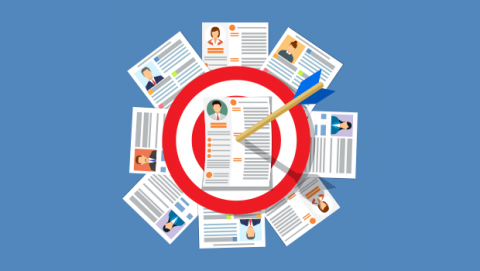Generational stereotypes aren’t always insulting, but they can be harmful and limit our ability to design and deliver the solutions users want. Many people tend to think of the youngest generation of workers as the most innovative and the oldest as technophobic and resistant to change.
While that perception may be true of some people in each generation, it is generally not supported by data. Here are three generational myths worth dispelling.
Myth #1: Older generations don't use technology as much as younger generations
Break out of the mindset that older generations don’t understand or use technology. Older adults are engaging with technology more than ever before and are rapidly adopting technologies such as online video subscriptions, telehealth, video conferencing, and grocery delivery (in 2021, adults 55 to 75 made up over 30 percent of Instacart’s customers). Estimates indicate that consumers over the age of 50 will spend upward of $84 billion on tech products by 2030.
[ Also read IT hiring: Assumptions and truths about the current talent shortage. ]
Social media adoption is trending up for this population as well. Adults over 50 is the fastest-growing segment to adopt social media, even if they don’t create as much content as some of their younger counterparts. By simply ignoring older generations as users of tech-focused products, brands are missing out on a huge market opportunity.
Myth #2: The most innovative teams include Millennials and Gen Z
Even as most organizations are finally acknowledging that racially diverse teams increase innovation, many leaders have yet to fully understand how generational diversity can benefit teams. But since technology services no longer cater uniquely to younger generations, how can teams address the needs of some of their largest customer segments without understanding the perspectives of these customers?
The most diverse IT teams tend to be the most innovative ones, and hiring managers should consider age diversity as they seek to build environments that encompass a spectrum of thought perspectives.
Because older populations are working longer, an unprecedented four generations are now active in the workforce. Understanding the behavior and motivations of each one requires connecting to their perspectives, which can vary based on factors such as upbringing and historical events. Creating a diverse collective of thought on a single team that understands and taps into the motivations of these four distinct generations will yield powerful, creative solutions.
[ Read next: IT leadership: 5 signs of a mentor with generational intelligence ]
Myth #3: Younger generations will be on your team longer
Hiring managers who meet with job applicants and seek employees to fill roles should take note: Older employees generally stay on teams as long as or longer than their younger counterparts. According to a survey conducted by CareerBuilder, workers 57 to 75 years old stay in a role for an average of eight years and three months, while each following generation trails behind: Gen Z stays on teams, on average, for two years and three months, while Gen X average three years less than Baby Boomers in a job.
There’s a common misperception that older workers are eyeing retirement and won’t stay long. However, the Baby Boomer generation understands the value of a job that enables them to live comfortably and may be less likely to be looking for the next best thing. By assuming that younger employees have more staying power than older employees, hiring managers may be missing an opportunity to tap into the experience and longevity of older workers. Hiring managers looking to maximize the value of long-term staying power should not overlook older generations.
Our past defines our behavior and building great products or successful IT teams requires understanding how to design for generational perspectives. Today’s leaders must break free of generational myths by taking a non-ageist approach to employing teams focused on multi-generational contributions, and looking to older workers to tap into employee longevity.
[ Leading CIOs are reimagining the nature of work while strengthening organizational resilience. Learn 4 key digital transformation leadership priorities in a new report from Harvard Business Review Analytic Services. ]






